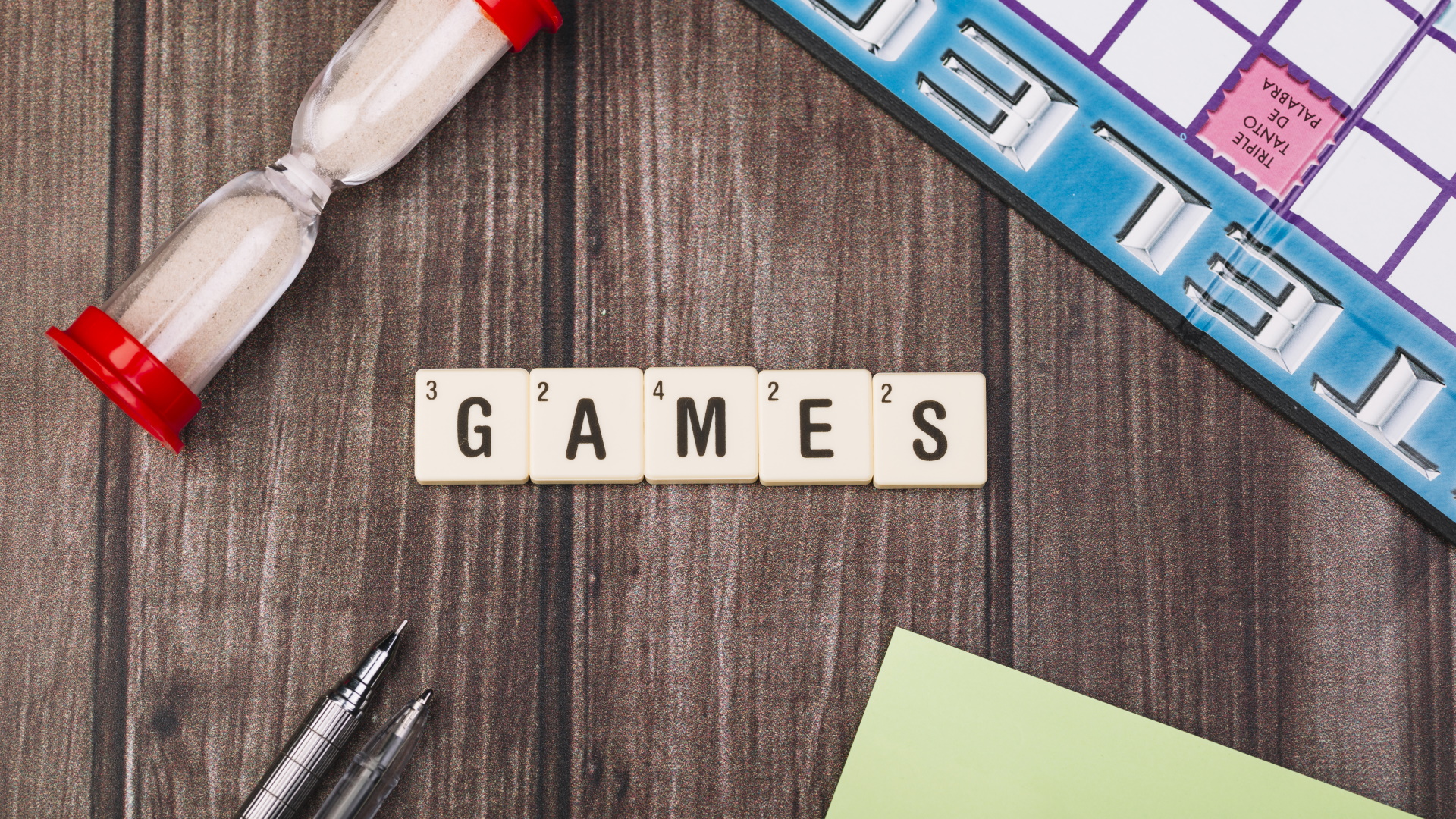The formal integration of English in the pre-primary level of education in Greece has been met with mixed reactions, as a significant number of caregivers and teachers are concerned about the familiarization of preschoolers with English as a Foreign/Second Language (EFL / ESL). Given the recent emergence of the field, teachers strive to select the most suitable means of instruction so as to cater for the delicate needs of their new pupils, whilst bearing in mind their cognitive and developmental characteristics. That said, the introduction of the target language should be rendered smooth and playful while in essence remaining efficient, irrespectively of the educational context - whether the lesson takes place in the public or private sector of education.
Contrary to the state-of-the-art digitization of the educational process, my recommendation to teaching either a class of preschoolers or solely a single toddler could be characterized as retro, as I vociferously support the use of the traditional board game! Play constitutes the linchpin of preschool education. Consequently, why shouldn’t we return to more conventional and forgotten games? Certainly, audiovisual materials maximize the learning outcome; nonetheless, I suggest it’s high time we rediscovered how fruitful -educationally speaking- board games can be!
Text by: Marina Konstantinou,
Since explicit teaching is not a preferable option for preschoolers, the very nature of board games triggers preschoolers’ interest and participation by combining the fun element with interactivity and collaborative play, thus, making teaching incidental. The key feature of board games is the achievement of a goal, which makes them suitable for learning at this age, since preschoolers begin constructing methodical plans to fulfill a certain goal. The umbrella term board games can include a variety of sub-types, namely puzzles, (memory) card games, games with an actual tableau and spinners, etc. Board games can also be categorized according to whether they have been tailored-made and designed especially for educational and linguistic purposes (e.g., Islands of Knowledge, bilingual editions) or just for fun. The aforementioned provide us with ample linguistic input, as words are classified into groups which are -more often than not- accompanied by visual cues. Imagery and oral repetition of words is the ideal combination, as students form mental connections between pictures, sounds and concepts. Therefore, the oral acquaintance of students with linguistic items and the consolidation of knowledge is guaranteed, given the importance of the aural-oral approach. In case board games have been designed for purposes unrelated to language acquisition, educators will potentially need to adapt the material and make the game more digestible and age-appropriate. Instances of board games that can contribute to teaching English to preschoolers are: Twister, Snakes and Ladders, Pictionary, Memo, to name but a few.
Besides the fun aspect, board games equip students with skills that go beyond the mere and sterile memorization of linguistic items; rather, they are conducive to their holistic development. Toddlers and very young learners view the world as an enticing place and board games offer them a plethora of opportunities to explore it in various and multi-sensory ways. For instance, via touching tangible objects and haptically experimenting, children enhance their kinesthetic abilities and coordinate their physical movement. Bodily control is also promoted when learners are required to physically respond to commands given in the target language or when they are asked to produce their own output (e.g., when playing Twister or when miming, respectively). So, board games give us the fertile ground, necessary for the implementation of the Total Physical Response (TPR) Method, which is acclaimed for its suitability to the given audience.
Another added advantage to the incorporation of board games in our teaching practices is interwoven with the social development of preschoolers. Via playing, students cooperate with their peers to achieve a goal, so they socialize and create common ground by means of the target language. They also practice the useful skill of turn-taking, they learn to follow rules and abide by a specific order. Ergo, the transition from individual to group play is less abrupt. Many an opportunity will arise when learners will be asked to utilize their imagination; for example, when miming or drawing or coming up with a story revolving around a linguistic unit prior presented in the game. So, board games provide learners with the adequate incentive in order for them to unravel their creativity and let their imagination run wild.
To make a long story short, both teachers and learners can reap the benefits of board-gamification in the preschool context. Only by our forging constructive learning experiences filled with laughter and jubilation will pupils’ positive attitude towards language learning be buoyed up. Don’t overdo it, though, as our little friends tend to get bored easily!
